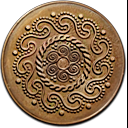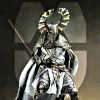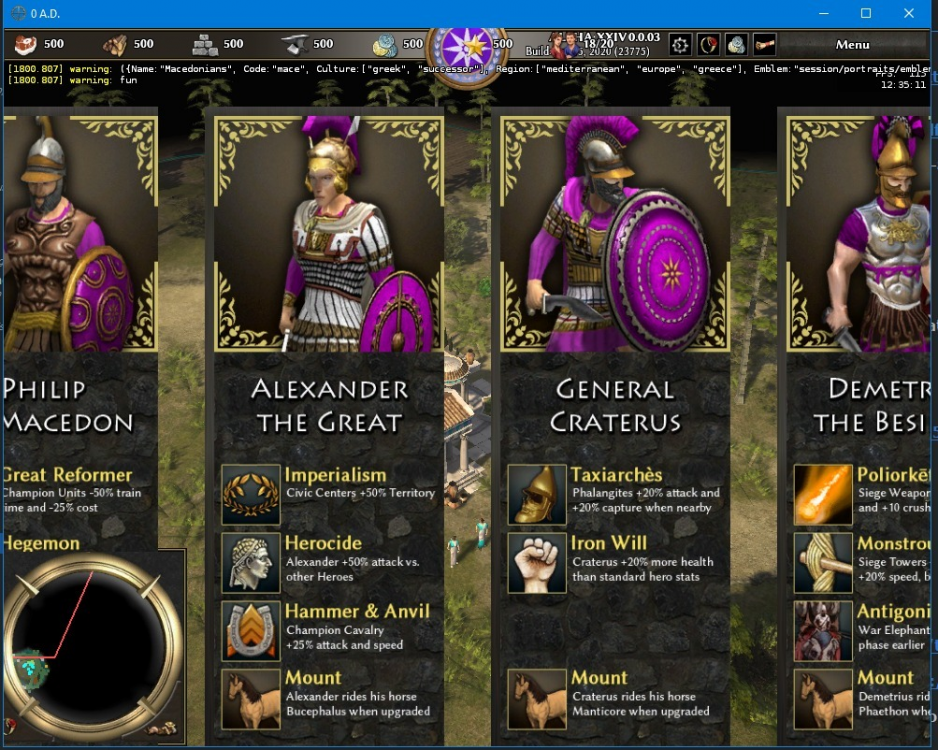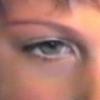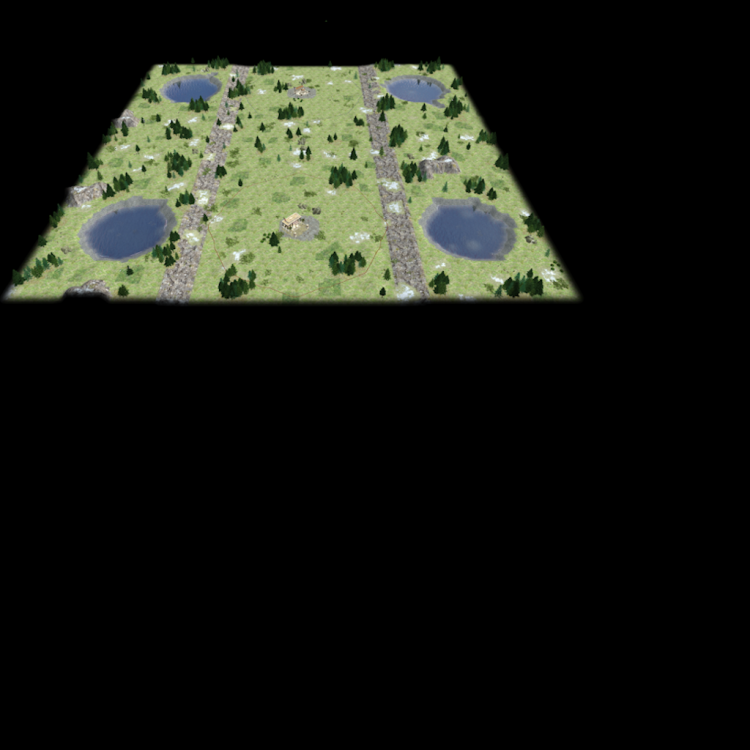Leaderboard
Popular Content
Showing content with the highest reputation on 2020-06-20 in all areas
-
I updated the map using flood fill. I saw @FeXoR put a todo for that. My implementation could probably be generalized. The forests can still block the passage, though, so i'll have to modify the map later to fix that. There's also the nomad case. I also modified the map a bit. It now can generate 4v4 Tiny maps with a few internal retries : Overall, the map is much more reliable now. Thanks for the suggestions. I'll look into that diamond square method sometimes later.3 points
-
OK my friends! Give up! I don't want to fight! It was just a suggestion by a PhD. student of Shiraz University & a tour guide of the Persepolis for improving your game! http://www2.shirazu.ac.ir/en/node/35303 points
-
Hello and welcome to the forums! Thanks for pointing this out! 0 A.D. is a work in progress, far from perfect, and containing numerous inaccurracies. Artists have to work from what they know, and if they don't have suitable source material, they have to invent something. A few questions, though: Where exactly in Persepolis is this image taken from? Is the displayed person really Persian? Is it really a woman? Achaemenid imperial iconography portraits dozens of nationalities, each with different clothing, therefore more context would be helpful.3 points
-
You don't really need the pathfinder to do that. You just need to flood fill for non mountain tileclasses and see if your two points are connected. But you have to use the underlying storage of tileclasses for optimal performance. But this should not be that slow since the N in O(N^2) would remain in acceptable values. For nicer mountains, I suggest using fractal generation. More specifically, subdivision generation. The concept is rather simple. Split into half, add height, repeat. The only issue might be that there just aren't enough vertices in 0ad terrain. I might have some code to throw your way which I used to generate some screenshot worthy maps with regards to more natural looking forests.Will post if I managed to find it.3 points
-
Ironically we should technically never depict royal women in the game since they would always be stuck inside the buildings.2 points
-
Hi @user1 and @Hannibal_Barca I won against @BoredRusher today (mralex 1593 -> 1605, boredrusher 1501 -> 1489). Then we started a rematch, but he quit this rated 1 vs. 1 without resigning. 1.5 hours have passed since he had left the game, I'm still waiting for him in the paused game, he's still in the lobby, but doesn't even answer my requests to reconnect, so I can't wait more. It's really frustrating, because we have played for hours and I was about to win. Could you adjust our ratings, please? (mralex +12, boredrusher -12, I guess). Thank you for your help, @mralex commands.txt commands_final.txt2 points
-
Greetings, I can confirm this fix does work. It took a little adjustment, as some of the files have DOS EOLs (CR+LF), and the cpp/h files had unix EOF. I've attached the adjusted patch if anyone else would need it. No changes, just the correct EOLs in the correct places. Thank you! gccfix.patch2 points
-
Consistency is always difficult, even if you're the only one translating - especially when there is a history in the project of inconsistent source strings. A wiki page could definitely help to remember what you are going fore when you return to the project after a break, and within the team.2 points
-
You mean the panel entities I guess: session/PanelEntities.xml and then the size of panelEntityButton.2 points
-
@Feldfeld it's more like the "vosges" than the "alpes" :D I would say it looks better than a "try"!2 points
-
Hey guys, here is my try at making mountains in 0 A.D. with the new random map "Alpine Mountains", inspired by the skirmish map of the same name : However, sometimes the generation can make a player separated from the rest due to forest blocking the path, this should be fixed sometimes later. The recommanded map sizes to put in the settings is one size larger than what you would typically do for mainland type maps. It would be something like Medium for 2-3 players, Normal for 4-5 players, Large for 6-8 players . Hope you will enjoy it. Download here : feldmap.zip1 point
-
1 point
-
General comment on the flood fill algorithm. When testing reachability, there is no reason to not stop once a connection has been established. Edit: disregard the comments below. You are already using a stack it seems. ~~Keeping that in mind, for most cases, using a stack (the data structure) might lead to a connection being found faster than if you were using a queue. If you visualise your algorithm, you would see the fill expanding like a diamond (actually a square oriented diagonally). If you were using a stack, the fill would be expanding line by line. Vertical lines going across the whole area. The probability of hitting the target is much higher. Especially if the target is an area rather than a point. Basically, last in first out instead of first in fast out. But implementing a stack is more complex than a queue.~~1 point
-
1 point
-
1 point
-
@shiraz I think there is a misunderstanding between us. Let's start again, what is your issue about the current depiction of Persian women? It is only about the veil? What is your proposal? Veil for all the women? Actually the game does not depict especially noble women.1 point
-
Ah got you man found it i dont know how i missed that thanks so much for your help and your time!1 point
-
1 point
-
Oh, you can only register one account per hour, to avoid spamming. So if say a member of your family registered an account this hour, you'll have to wait one hour. If your friend is at your place and registered his account,then you'd have to wait one hour too. You can play in LAN if your friend is in the same place.1 point
-
Disculpen el error y muchas gracias por la corrección , no dude en corregir cualquier otra. ¿Les ha sido útil la información? Disculpen las molestias.1 point
-
Basically, the excerpt from Iranica Online sum it up well. There are plenty of variation and use in their clothing according to their social ranks or the context. The wikipedia page about the veil gives other indications: https://en.wikipedia.org/wiki/Veil So I don't think the current depiction of Persian women is that wrong. Maybe we can enhance it and diversify it.1 point
-
Women’s clothing Persian official monuments do not include representations of women; accordingly, little is known of their costume in the Median and Achaemenid periods. There are, however, a few contemporary representations in other contexts: on a textile from Pazyryk (Figure 56; Rudenko, pp. 296-97, pl. 177c), Greco-Persian seals (Figure 57, plate lxi; Gow, pl. X/1-6; Boardman, nos. 854, 879, 891-92, 964), ivory objects (plate lxii, plate lxiii; Amiet, pp. 173ff.; Dentzer, pp. 216ff.), the “Satrap sarcophagus” (plate lxiv; Kleemann, pp. 21-23), the monuments from Ergili in northwestern Anatolia (Figure 58; Akurgal; Bernard), and small metal vessels (Figure 59; Culican; Gow, p. 137 and n. 14). There are also a few notices by ancient writers. Particularly informative is Ctesias’s reference to the wearing of the sárapis by Parysatis, mother of Artaxerxes II (Hinz, 1969, p. 74, with reference), Herodotus’ testimony (9.109) that Xerxes’s daughter-in-law asked him to give her a robe that his wife had woven for him, and Quintus Curtius’s remark that Darius III “was girt woman-fashion” with “a golden belt” (3.3.17). Indeed, the representations of women show that they usually wore the pleated “court dress” and the voluminous “Ionic” chiton (Gow, p. 137; Dentzer, figs. 7-8; Dalton, pp. xxxiii-xxxiv, and nos. 89, 93, 103, 104). Occasionally, as on some of the Ergili sculptures and the “Satrap sarcophagus,” they wore an overgarment that, like the modern čādor, covered the head and neck (Figure 58, plate lxiv). The face, however, was always uncovered. The hair was often worn in a single plait at the back (plate lxv). By far the best available documentation of women’s dress from the Achaemenid period is the remnants of actual clothing found in the Pazyryk tombs (Rudenko, pp. 91-98), though in that distant region Achaemenid influence may have been considerably attenuated and probably reinterpreted. Excavated garments include a short cape or caftan (Figure 60) made of squirrel skin with the fur side inward and bordered with a band of black coltskin; it has narrow sleeves decorated with patterns of applied leather pieces (Rudenko, pp. 91-92). Another was a hood (plate lxvi) of a double thickness of fine leather covered in black coltskin and ornamented with rhomboid leather appliqués; it reached to the shoulders (Rudenko, pp. 96ff., pl. 65A). Finally, two pairs of boots were found. One had fine red-leather tops and vamps stitched to soles decorated on the underside with fantastic patterns. The other was soft, knee-high, with broad cuffs of leopardskin, leather vamps, and thick, rigid leather soles ornamented on the underside (Rudenko, pp. 93-96). This curious feature was practical because the wearer “sat with legs arranged so that the heels were turned out,” as is still customary in Central Asia (Rudenko, p. 96). Bibliography: E. Akurgal, “Griechisch-persische Reliefs aus Daskyleion,” Iranica Antiqua 6, 1966, pp. 147-56. P. Amiet, “Les ivoires achéménides de Suse,” Syria 49, 1972, pp. 167-91. B. I. Arakelyan, “Klad serebryanykh izdeliĭ iz Erebuni,” Sovetskaya Arkheologiya, 1971/1, pp. 143-58, cited in P. O. Harper, The Royal Hunter. Art of the Sasanian Empire, New York, 1978. W. Bailey, “Ariana,” in Donum Natalicium H. S. Nyberg Oblatum, Uppsala, 1954, pp. 1-16. R. D. Barnett, “Assyria and Iran. The Earliest Representations of Persians,” in Survey of Persian Art, pp. 2997-3007. Idem, “Persepolis,” Iraq 19, 1957, pp. 55-77. P. Beck, “A Note on the Reconstruction of the Achaemenid Robe,” Iranica Antiqua 9, 1972, pp. 116-22. P. Bernard, “Les bas-reliefs gréco-perses de Dascylion à la lumière de nouvelles découvertes,” Revue d’archéologie 2, 1969, pp. 17-28. F. W. von Bissing, “Totenstele eines persischen Grossen aus Memphis,” ZDMG 84, 1930, pp. 226-38. K. Bittel, “Ein persischer Feueraltar aus Kappadokien,” in Satura. Früchte aus der Antiken Welt Otto Weinreich zum 13. März 1951 dargebracht, Baden-Baden, 1952, pp. 15-29. S. Bittner, Tracht und Bewaffnung des persischen Heeres zur Zeit der Achaimeniden, 2nd ed., Munich, 1985. A. D. H. Bivar, “Details and "Devices" from the Sassanian Sculptures,” Oriental Art, N.S. 5/1, 1959, pp. 11-14. Idem, “A Persian Monument at Athens, and Its Connections with the Achaemenid State Seals,” in M. Boyce and I. Gershevitch, eds., W. B. Henning Memorial Volume, London, 1970, pp. 43-61. J. Boardman, Greek Gems and Finger Rings, London, 1970. J. Borchhardt, “Epichorische, gräko-persisch beeinflusste Reliefs in Kilikien. Studien zur Kunst an den Satrapenhöfen Kleinasiens,” Istanbuler Mitteilungen 18, 1968, pp. 161-211. A. Bovon, “La représentation des guerriers perses et la notion de barbare dans la 1ère moitié du Ve siècle,” Bulletin de correspondance hellénique 87, 1963, pp. 579-602. P. Calmeyer, “Vom Reisehut zur Kaiserkrone B. Stand der archäologischen Forschung zu den iranischen Kronen,” AMI, N.F. 10, 1977, pp. 168-90. J. M. Cook, The Persian Empire, New York, 1983. W. Culican, “Syro-Achaemenian Ampullae,” Iranica Antiqua 11, 1975, pp. 100-12. O. M. Dalton, The Treasure of the Oxus, 3rd ed., London, 1964. M. A. Dandamaev, Persien unter den ersten Achameniden (6. Jahrhundert v. Chr.), tr. H.-D. Pohl, Wiesbaden, 1976. J. M. Dentzer, “Reliefs au banquet dans l’Asie Mineure de Ve siècle av. J. C.,” Revue d’archéologie 2, 1969, pp. 194-224. M. Dieulafoy, L’Acropole de Suse, 2 vols., Paris, 1890-93. C. T. Edmonds, “A Tomb in Kurdistan,” Iraq 1, 1934, pp. 183-92. H. von Gall, “Persische and medische Stämme,” AMI, N.F. 5, 1972, pp. 261-83. Idem, “Die Kopfbedeckung des persischen Ornats bei den Achämeniden,” AMI, N.F. 7, 1974, pp. 145-61. R. Ghirshman, Persia from the Origins to Alexander the Great, tr. S. Gilbert and J. Emmons, London, 1964. H. Goetz, “The History of Persian Costume,” in Survey of Persian Art, pp. 2227-56. B. Goldman, “Origin of the Persian Robe,” Iranica Antiqua 4, 1964, pp. 133-52. A. S. F. Gow, “Notes on the Persae of Aeschylus,” The Journal of Hellenic Studies 48, 1928, pp. 133-58. V. von Graeve, Der Alexandersarkophag und seine Werkstatt, Berlin, 1970. P. O. Harper, The Royal Hunter. Art of the Sasanian Empire, New York, 1978. E. Herzfeld, Iran in the Ancient East, London, 1941. W. Hinz, Altiranische Funde und Forschungen, Berlin, 1969. Idem, Darius und die Perser, 2 vols., Baden-Baden, 1976-79. M. G. Houston, Ancient Egyptian, Mesopotamian and Persian Costume and Decoration, 2nd ed., London, 1954. H. J. Kantor, “Achaemenid Jewelry in the Oriental Institute,” JNES 16, 1957, pp. 1-23. I. Kleemann, Der Satrapensarkophag aus Sidon, Berlin, 1958. E. R. Knauer, “Ex Oriente Vestimenta. Trachtgeschichtliche Beobachtungen zu Ärmelmantel and Ärmeljacke,” ANRW II, XII/3, 1985, pp. 578-741, esp. p. 607. J. A. Lerner, “The Achaemenid Relief of Ahura Mazda in the Fogg Art Museum,” Bulletin of the Asia Institute of Pahlavi University (Shiraz), 2, 1971, pp. 19-35. Idem, “A Painted Relief from Persepolis,” Archaeology 26, 1973, pp. 116-22. Idem, “Some So-Called Achaemenid Objects from Pazyryk,” Source 10/4, 1991, pp. 8-15. H. Luschey, “Studien zu dem Darius-Relief von Bisutun,” AMI, N.F. 1, 1968, pp. 63-94. M. Mellink, “Anatolia,” in CAH 2 IV, pp. 211-33. P. R. S. Moorey, “The Iranian Contribution to Achaemenid Material Culture,” Iran 23, 1985, pp. 21-37. T. Nöldeke, “Zum Herodot,” Klio 18, 1923, pp. 1-5. V. Pisani, “Altpers. -va-, avest. anai-im, lat. sura,” ZDMG 96, 1942, pp. 82-83. E. Porada, “Classical Achaemenid Architecture and Sculpture,” in Camb. Hist. Iran II, pp. 793-827. G. Rawlinson, The Five Great Monarchies of the Ancient World IV, London, 1867. A. Roes, “The Achaemenid Robe,” Bibliotheca Orientalis 8, 1951, pp. 137-41. P. Roos, “An Achaemenian Sketch Slab and the Ornaments of the Royal Dress at Persepolis,” East and West 20, 1970, pp. 51-59. M. Rostovtzeff, Iranians and Greeks in South Russia, Oxford, 1922. S. I. Rudenko, Frozen Tombs of Siberia. The Pazyryk Burials of Iron Age Horsemen, tr. M. W. Thompson, Berkeley and Los Angeles, 1970. F. Sarre and E. Herzfeld, Iranische Felsreliefs, Berlin, 1910. E. F. Schmidt, Persepolis, 3 vols., Chicago, 1953-70. R. Schmitt, “Perser und Persisches in der alten attischen Komödie,” Orientalia J. Duchesne-Guillemin Emerito Oblata, Acta Iranica 23, Leiden, 1984, pp. 459-72. H. Schoppa, Die Darstellung der Perser in der griechischen Kunst bis zum Beginn des Hellenismus, Coburg, Germany, 1933. A. Sh. Shahbazi, The Irano-Lycian Monuments, Tehran, 1975. Idem, Persepolis Illustrated, Tehran, 1976. Idem, “New Aspects of Persepolitan Studies,” Gymnasium 85, 1978, pp. 487-500. Idem, “Darius in Scythia and Scythians in Persepolis,” AMI, N.F. 15, 1982, pp. 189-235. C. G. Starr, “Greeks and Persians in the Fourth Century B.C. A Study in Cultural Contacts before Alexander,” Iranica Antiqua 12, 1977, pp. 49-115. D. Stronach, “La statue de Darius le Grand découverte à Suse,” CDAFI 4, 1974, pp. 61-72. G. Thompson, “Iranian Dress in the Achaemenian Period. Problems Concerning the Kandys and Other Garments,” Iran 3, 1965, pp. 121-26. A. B. Tilia, Studies and Restorations at Persepolis and Other Sites of Fārs, 2 vols., Istituto Italiano per il Medio ed Estremo Oriente, Reports and Memoirs 16, 18, Rome, 1972-78. G. Walser, Die Völkerschaften auf den Reliefs von Persepolis. Historische Studien über den sogenannten Tributzug an der Apadanatreppe, Berlin, 1966. G. Widengren, “Some Remarks on Riding Costume and Articles of Dress among Iranian Peoples in Antiquity,” in Arctica, Studia Ethnographica Upsaliensia 11, 1956, pp. 228-76. F. Winter, Das Alexandermosaik aus Pompeji, Strassburg, 1909. (Shapur Shahbazi) Originally Published: December 15, 1992 Last Updated: October 21, 2011 This article is available in print. Vol. V, Fasc. 7, pp. 723-737 Cite this entry: Shapur Shahbazi, “CLOTHING ii. In the Median and Achaemenid periods,”Encyclopaedia Iranica, V/7, pp. 723-737, available online at http://www.iranicaonline.org/articles/clothing-ii (accessed on 30 December 2012).1 point
-
1 point
-
Ping @nani @badosu @Feldfeld ...1 point
-
Thank you for your nice find. @Stan` @wackyserious1 point
-
I added a ToDo list for random maps generation to trac: https://trac.wildfiregames.com/wiki/Random_Map_Generator#RoadmapTodo If anyone is up to one of those tasks please let me know1 point
-
Done. I put it into the Art Dev forum for now, you may or may not want it somewhere else.1 point
-
Temporary army camps, yes. Garrisons (usually mercenaries) of key cities and fortresses, yes. Military land grants and associated settlements (Latin colonia, Greek κρηρουχία klērouchia, from κλῆρος klēros ‘allotment, piece of land’) in return for military service in case of war, yes. Basically the system already existed under the Neo-Assyrian and Neo-Babylonian empires and was continued by the Achaemenids and Seleucids; I wouldn't be surprised if the same is true for Egypt. (It may have been even older, going back to the Amarna period and possibly even earlier in the Bronze Age, though I'm guessing here, I'm not an Assyriologist or Hittitologist.) However, barracks, no, not that I know of. Of course, I certainly don't know everything, so if someone knows something I don't, please prove me wrong. Barracks imply the existence of permanent standing armies, something which only gradually emerged during the 1st C BC (Romans); the first barracks I know of are those of the praetorian guard under Augustus and subsequent emperors.1 point
-
You could also just place path tiles (no changes to the map, just add an area) and then avoid those tiles while generating mountains. As @smiley proposed the mountains could be more beautiful using different methods. An alternative would e.g. a diamond square method (setBaseTerrainDiamondSquare in heihgtmap.js) like used in Caledonian Meadown. There is no painter for that yet though.1 point
-
I guess we could create a french wiki page then. I also believe i am an admin of transifex so we could draft everything (mail + wiki page) and do this. I think the french translations could be better, but I won't demean the work that has already be done.1 point
-
Hi, I'd like to have in 0ad something like this: - Host creates a map pool - When game starts, one random map from map pool is chosen - All players must be able to see map pool (assuming they have mod) - (optional) Host can set bans - (optional) Vanilla compatible (assuming it's possible to register a new game stanza at the last moment with chosen map) - (optional) Avoid displaying selected map until generation is finished (this is most certainly not vanilla compatible) - (optional) Biome bans (everyone hates tropical) Currently, players who like Unknown Land play it only because it adds this variability, but in truthness it has quite a few bad generations. This customizability also increases enjoyment for players, especially competitive 1v1. How feasible would this be?1 point
-
Oh also I remember there's a ticket about that https://trac.wildfiregames.com/ticket/52091 point
-
I feel I need to learn more about kushites, these campaigns seem like good educational material too! And finally some that is actually fun!1 point
-
You can make passages to ensure at least some pathway is free: https://github.com/0ad/0ad/blob/master/binaries/data/mods/public/maps/random/rmgen-common/gaia_terrain.js#L537 E.g. you make all players have a passage to the center or to other players. I'll check this map out!!1 point
-
Only Vosges Mountains don't have any snow and are much more forested IIRC (been on holidays there for a couple of times but looooong ago)1 point
-
1 point
-
Release candidate (0.19): - Adjusted distancing between players on mainland (farther on small 1v1, farther on 4v4 normal but still closer than vanilla) - Major refactoring in food gen, additional food is farther from cc - Adjustments to cross lake gen, especially for tgs - Straggler trees are back in range of cc! - Adjustment to slopes - Major adjustments to hyrcanian shores, including new player placements (similar to one used in slopes). Now players are not placed in staggered manner, and lots of straggler wood inside cc range, this should increase the enjoyment of the map. balanced-maps.pyromod1 point
-
bla bla .. why do you assume i read you ? you are so boring . ----- Let's go to the point. I suggest that you make a set of 7 matches vs Wendy. 250 pop . Just do it or will you find excuses to chicken out ? Ngorogoron (medium) Lake (normal) Marshland Rhins (small) Mainland (small) Empire (medium) Migration (medium) little islands (normal) 7 civs : sparta, athen, seleucid, rome, carthage, kushit, persia. Each civ can be played only once. For each map, a civ has to be picked wisely Answers possible : : I have balls, challenge accepted ! : sorry, i'm low IQ can you repeat ? : I withdraw, I'm scared : lol.. like jc thinks i stand a chance1 point
-
1 point
-
-Buenas ; Como posibles unidades de soldados ; -Infantería númida; 1)-Lancero .(Nombre específico;"Aanatim Mookdamim") 2)-Espadachín .(Nombre específico;"Aanatim Dorkim ") 3)-Arquero.(Nombre específico;"Aanatim Qasatim ") 4)-Hondero.(Nombre específico;"Aanatim Qala'im") 5)-Guerrillero.(Nombre específico;"Aanatim Mitnagsim ") -Mercenarios; 6)-(2 Mercenarios Garamantes). 7)-(2 Mercenarios Bereberes). 8)-(2 Mercenarios Gétulos). 9)-(2 Mercenarios Libios ). -Caballería númida; 10)-Caballería ligera de contacto (lanza/hacha/ espada).(Nombre específico; "Parahsim Mamla'ha ") 11)-Caballería a distancia ligera.(Nombre específico;"Parashim Mitnag'him ") 12)-Caballería pesada de contacto.(Nombre especifico;"HaParashim Gldgmtk")- 13)-Caballería a distancia pesada.(Nombre específico;"HaParashim Mepaqet")- -Unidades pesadas númidas; 14)-Elefante de guerra (como arma de asedio) 15)-Elefante con torreón de arqueros. -Unidades campeonas númidas; 16)-Legionario númida.(Nombre específico;"Noshei")-(como unidad campeona) 17)-Carro de combate.-(como unidad campeona) -Unidades de civiles númidas; 18)- Mujer. 19)-Sacerdote. 20)-Comerciante . -Unidades de Héroes númidas ; 21)-Héroe 1.(Nombre específico; "Masinissa"). 22)-Héroe 2.(Nombre específico ;"Yugurta"). 23)-Héroe 3.(Nombre específico;"Juba Primero"). -Extras; 24)-Navío mercante. 25)-Guerrero a camello. Fuentes ; 1) https://erasdelmundo.foroactivo.com/t598-los-numidas 2) http://www.campaign-game-miniatures.0catch.com/corvusbelli_ants1.html 3) https://makarren.wordpress.com/category/dba/page/4/ 4) http://caballipedia.es/La_caballería_en_África 5) https://www.twcenter.net/forums/showthread.php?754653 6) http://bennosfiguresforum.com/viewtopic.php?f=2&t=21601&p=236367 7) https://europabarbarorum.fandom.com/wiki/Pelakim_Mashliyim_(Numidian_General_Bodyguard) 8) https://www.taringa.net/+juegos/megapost-numidia-rome-total-war_iz0piUnidades 9) https://steamcommunity.com/sharedfiles/filedetails/?l=hungarian&id=342869852 10) https://steamcommunity.com/sharedfiles/filedetails/?id=451516300 11) https://hesperiana.wordpress.com/2016/09/19/numidians/ 12) https://divideetimperamod.com/masaesyli/ 13) https://www.totalwar.com/blog/masaesyli-roster-reveal/ 14) http://www.twcenter.net/forums/showthread.php?524392-Preview-Mamla-ha-biMassylim 15) https://bucellarii.blogspot.com/2018/06/numidian-elephants.html 16) https://www.mundusbellicus.fr/forum/total-war/total-war-attila/mods-modding/ancient-empires/518697-aperçu-les-numides 17) https://www.moddb.com/news/preview-mamlaha-bimassylim1 point
-
@DerekO I am so sorry but I won't make it at 19 after all......... I thiught I would manage but I won't be at home before 20. I hope it is not a big deal for you both (you and my opponent), if necessary just eliminate me. Do whatever you consider better for you and the tournament deadlines! Cheers, and sorry again.0 points
-
If are same as Assyrian our villager are common women , not royal family. https://alexandrakinias.wordpress.com/2010/06/27/history-of-the-veil-part-one-veil-in-the-ancient-world/ http://www.fashionencyclopedia.com/fashion_costume_culture/The-Ancient-World-Mesopotamia/Veils.html https://www.encyclopedia.com/social-sciences/encyclopedias-almanacs-transcripts-and-maps/veiling0 points
-
I agree. https://www.google.com/url?sa=t&rct=j&q=&esrc=s&source=web&cd=&ved=2ahUKEwi1wJOZzJDqAhV5QjABHf5tDAEQFjAYegQIARAB&url=https%3A%2F%2Fscholarsarchive.byu.edu%2Fcgi%2Fviewcontent.cgi%3Ffilename%3D18%26article%3D1016%26context%3Dmi%26type%3Dadditional&usg=AOvVaw3mA7XWXsOyPghvThoT8qDf0 points
-
I dont see any source about this. More than Iranica Online and some controversial0 points


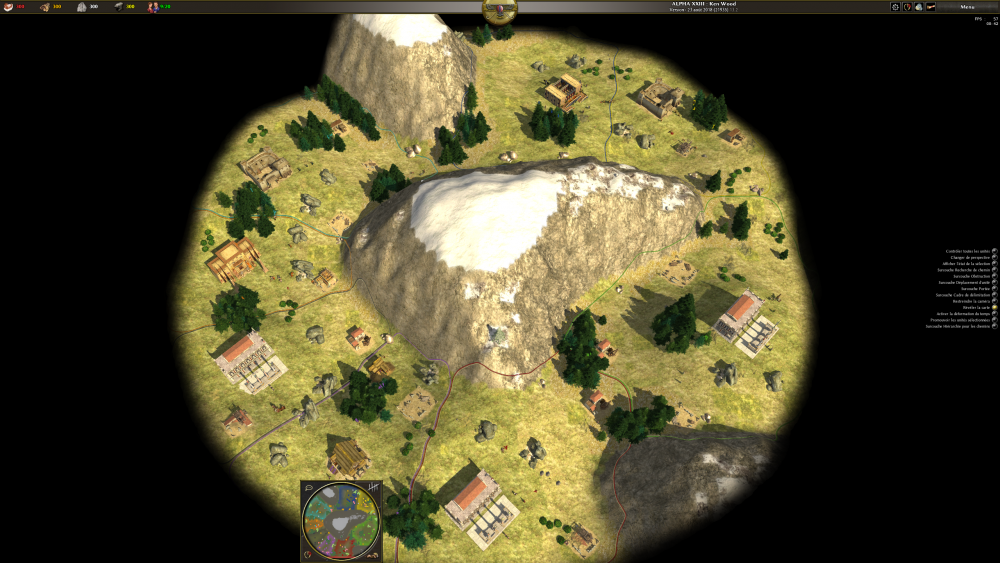
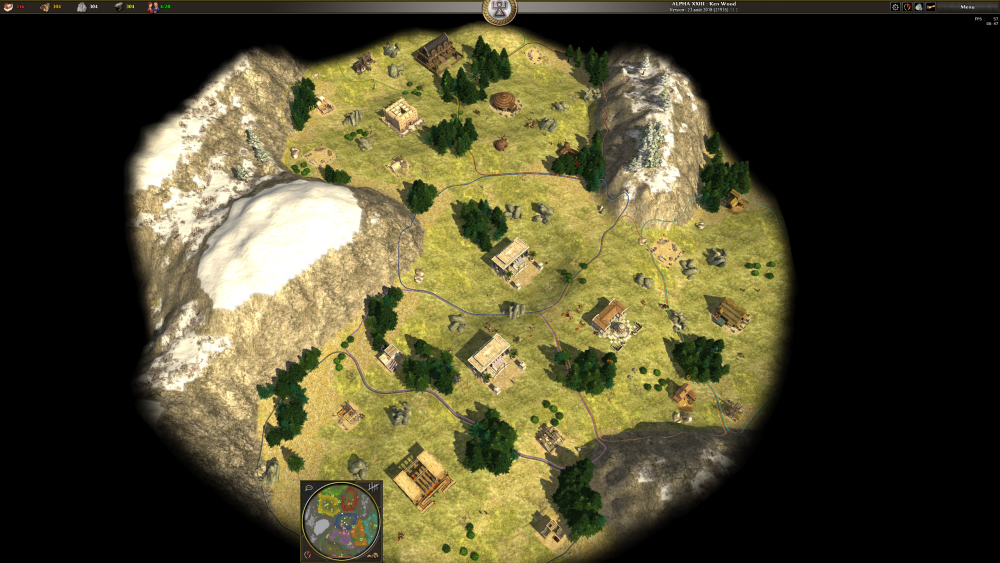


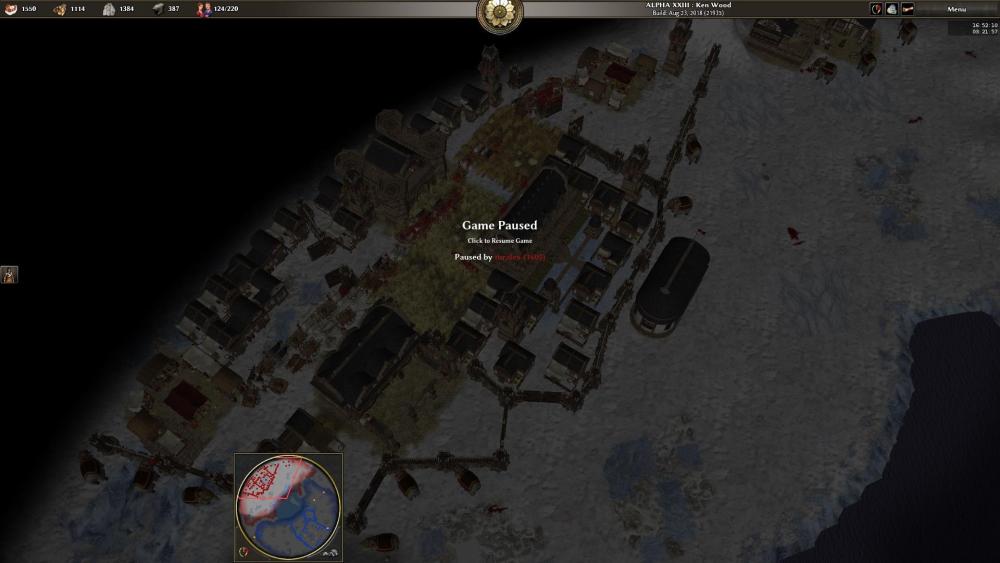
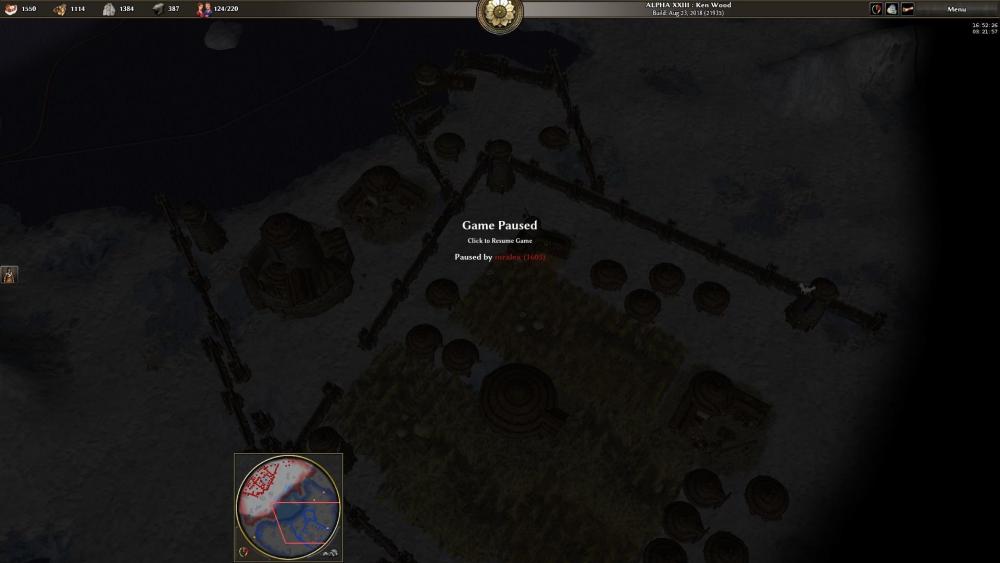
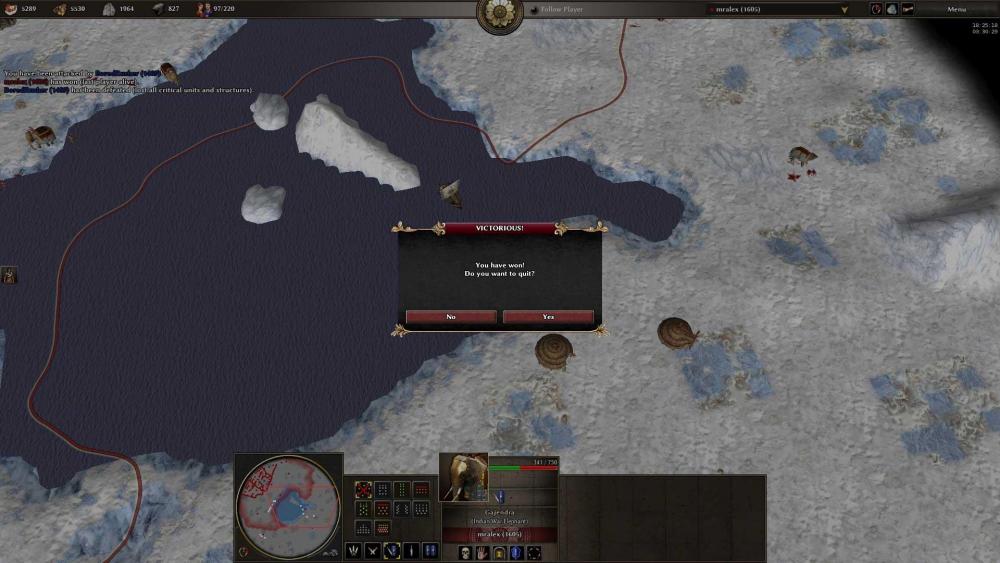


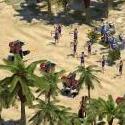
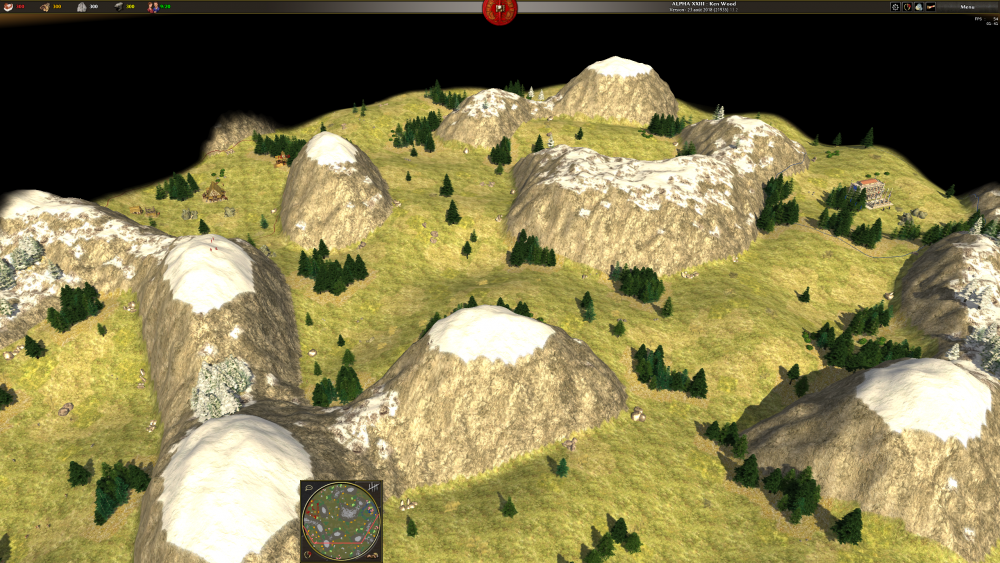
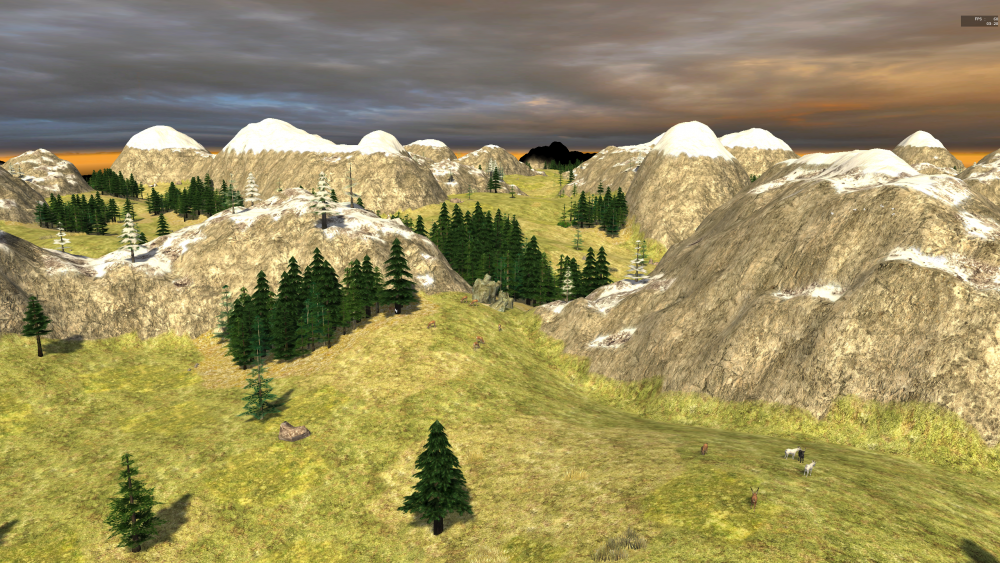
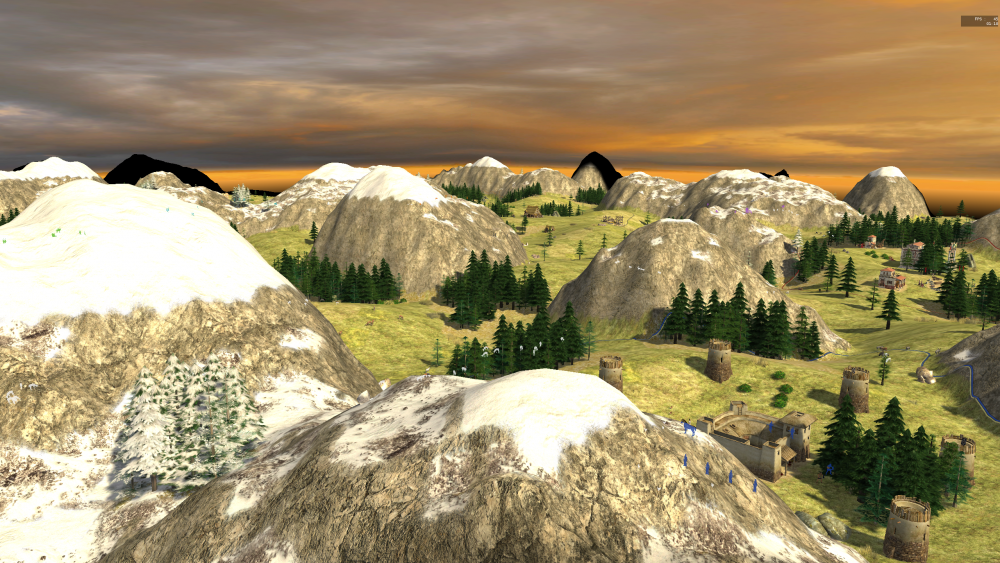
.thumb.png.ce58cea22940c255f5b0a735d5abee36.png)
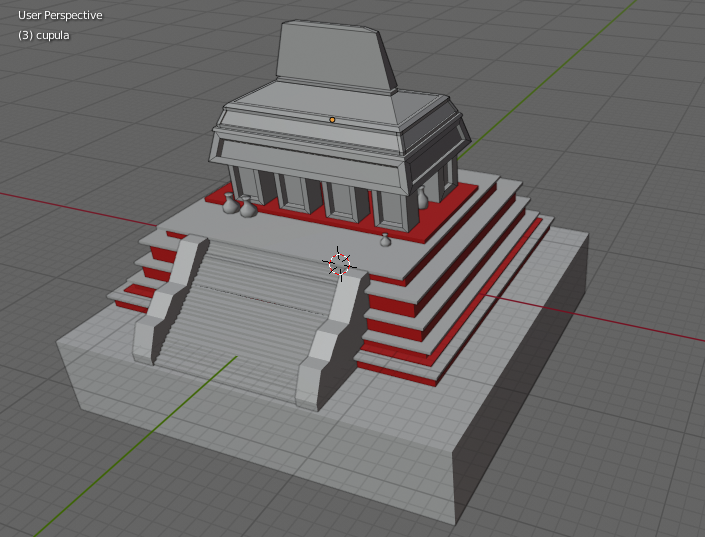

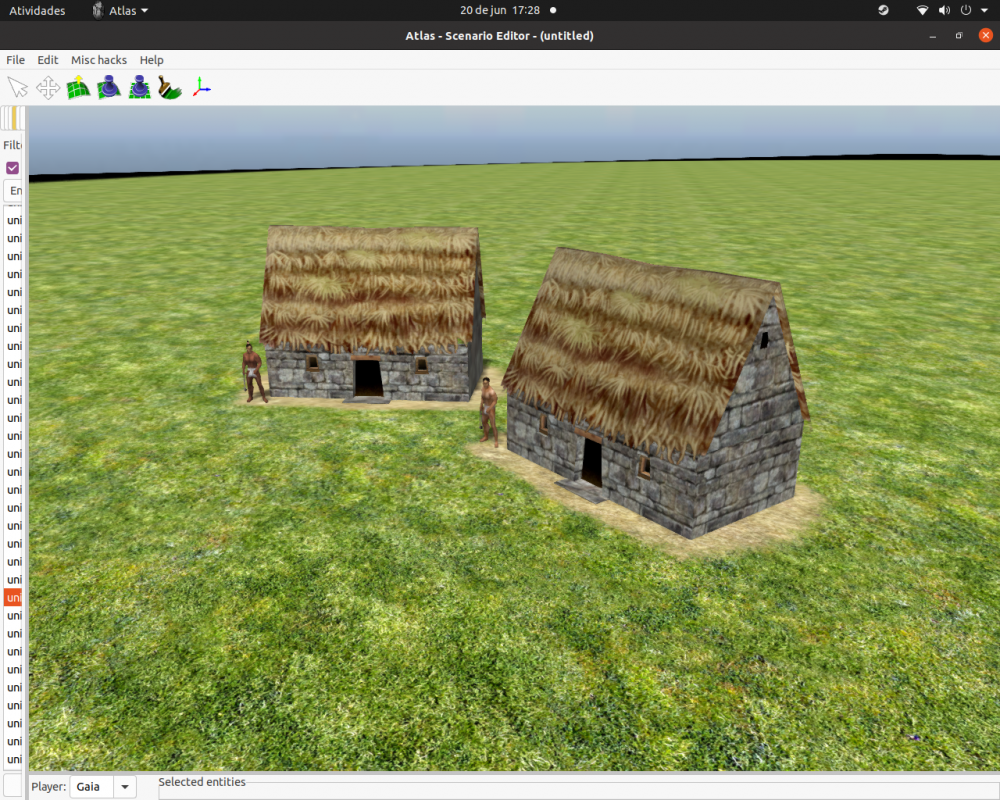
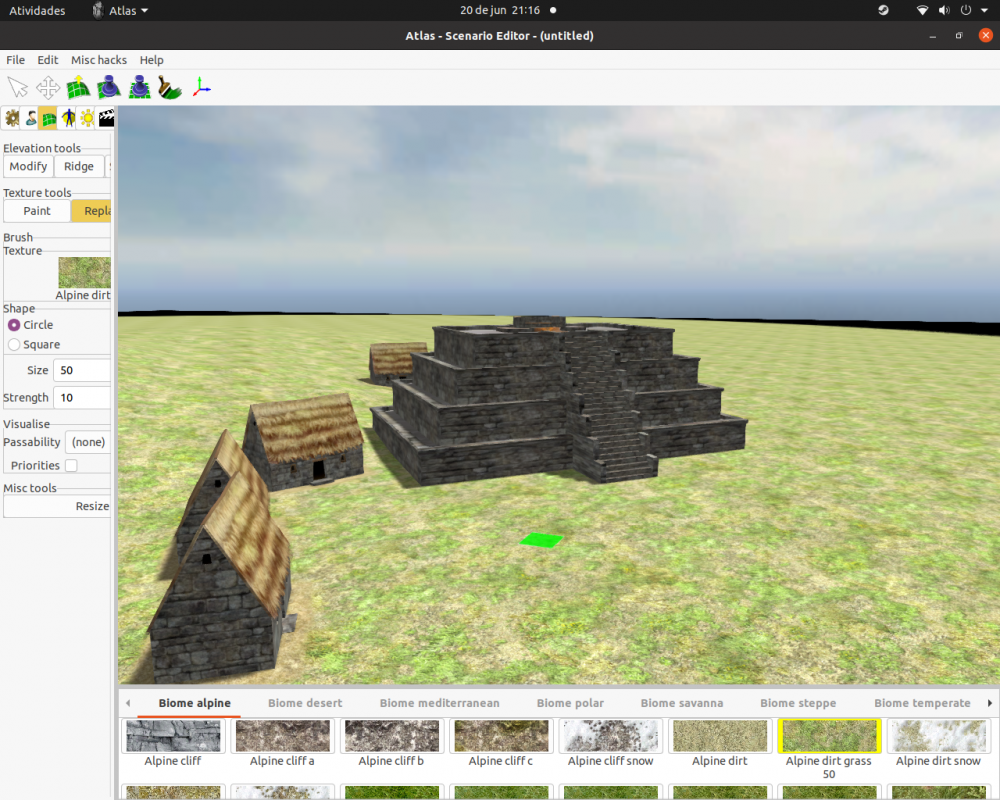
.thumb.jpg.b21ca1d0c15fb56b42c39b25a0a40815.jpg)

